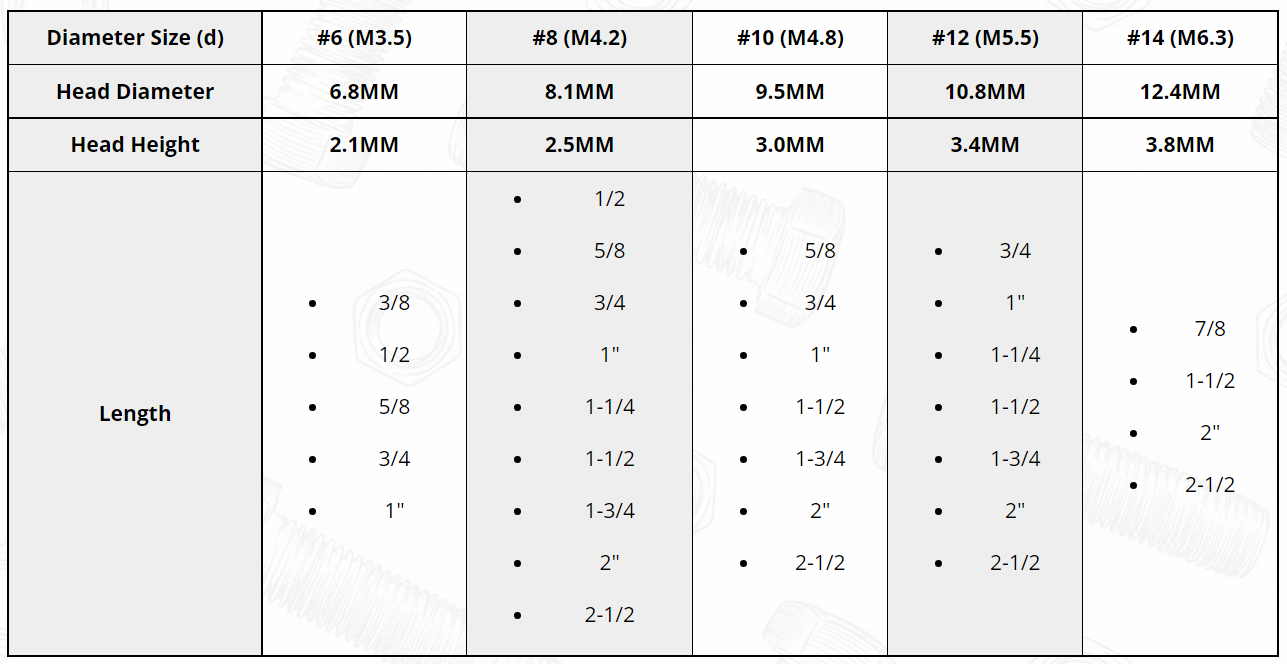Troubleshooting Drywall Issues for Successful Screw Installation in Home Improvement Projects
Understanding the Limitations of Drywall Why Screws Won't Hold
Drywall is a widely used construction material, favored for its versatility, ease of installation, and cost-effectiveness. It provides a smooth surface for painting and helps with insulation and soundproofing. However, one common issue that homeowners and contractors often encounter is that screws sometimes won't hold in drywall. This problem can lead to structural concerns and dissatisfaction when mounting shelves, cabinets, or other fixtures. In this article, we'll explore the reasons why screws might fail to hold in drywall and how to address these issues.
The Composition of Drywall
To understand why screws fail, it’s important to know what drywall is made of. Typically, drywall is composed of a gypsum core sandwiched between two sheets of heavy-duty paper. While this configuration provides a solid surface for most applications, it is not designed to support heavy loads or resist stresses in all scenarios. The structural integrity of drywall is dependent on proper installation and the use of appropriate fasteners.
Common Reasons Screws Won't Hold
1. Inadequate Support Drywall is generally not strong enough to support heavy items on its own. When screws are driven into the drywall without proper backing—like a stud or a wall anchor—they can easily pull out. It is essential to locate the wooden studs behind the drywall or use wall anchors that are specifically designed to distribute weight properly.
2. Moisture Damage Drywall is susceptible to moisture, which can weaken its structural integrity over time. If drywall becomes damp, it may crumble or lose its ability to hold screws. This is particularly a concern in areas with high humidity, such as bathrooms or kitchens. Mold and mildew can also develop, further damaging the drywall.
3. Incorrect Screw Type Using the wrong type of screw can lead to problems. Standard drywall screws are designed for securing panels to studs, but they may not provide adequate holding power when used for hanging objects. For heavier items, toggle bolts, masonry screws, or other heavy-duty fasteners may be necessary.
4. Over-Tightening When screws are over-tightened, they can strip the hole, making it unable to hold the weight of the object being hung. This is particularly problematic in softer materials like drywall, which can crumble under excessive force. Finding the right amount of torque when installing the screw is crucial for maintaining the integrity of the drywall.
5. Weight of the Object Sometimes, the weight of the object being hung simply exceeds what the drywall can handle. This leads to pulling out the screw due to excessive load. It’s essential to consider the weight and distribution of whatever you're attaching to the wall and plan accordingly.
drywall won't hold screw company

Solutions and Best Practices
To prevent screws from failing in drywall, consider the following best practices
- Locate Studs Use a stud finder to locate wall studs before hanging heavy items. Remember that studs are typically spaced 16 or 24 inches apart.
- Use Anchors For items that cannot be mounted directly to a stud, use appropriate wall anchors. These are designed to hold more weight and provide better structural integrity than screws alone.
- Choose the Right Fasteners Select fasteners that are appropriate for the weight and type of item you are hanging. Recognizing the different types of anchors available can help you make the right choice.
- Avoid Over-tightening Be mindful when securing screws in drywall. If you feel resistance, stop and ensure that the screw is snug but not overly tight.
- Repair and Replace Damaged Sections If drywall has become damaged due to moisture or over-stress, consider patching or replacing it before attempting to hang anything heavy.
Conclusion
While drywall is an excellent material for a variety of construction and remodeling projects, it has its limitations, particularly with fastening. By understanding why screws sometimes won't hold in drywall and taking proactive measures, homeowners and contractors can ensure a more secure and successful installation. Good planning and the right techniques will not only protect your investments but also maintain the aesthetic quality of your home.
-
Top Choices for Plasterboard FixingNewsDec.26,2024
-
The Versatility of Specialty WashersNewsDec.26,2024
-
Secure Your ProjectsNewsDec.26,2024
-
Essential Screws for Chipboard Flooring ProjectsNewsDec.26,2024
-
Choosing the Right Drywall ScrewsNewsDec.26,2024
-
Black Phosphate Screws for Superior PerformanceNewsDec.26,2024
-
The Versatile Choice of Nylon Flat Washers for Your NeedsNewsDec.18,2024










